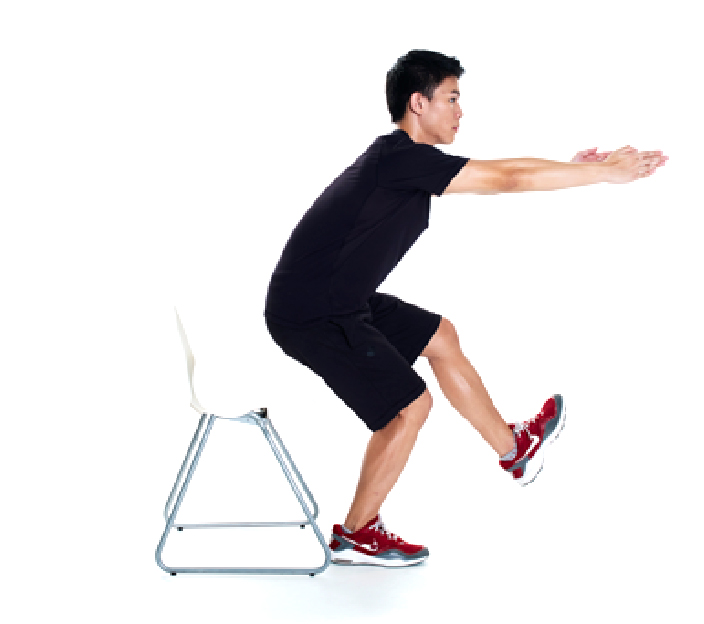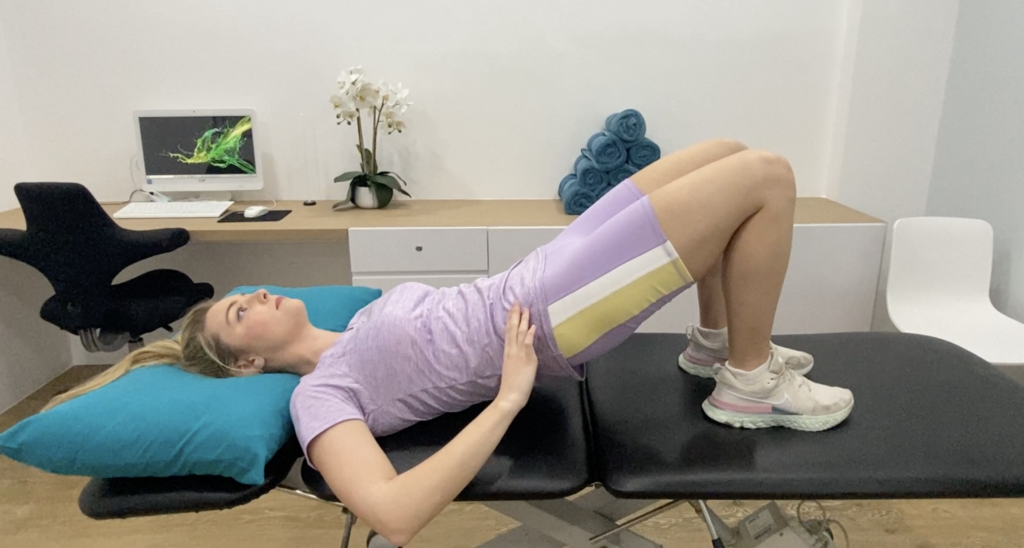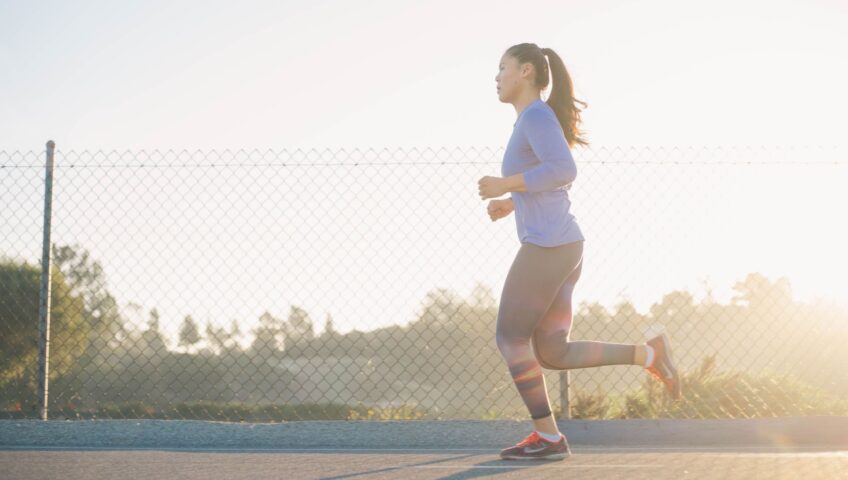
Running Injuries And How To Prevent Them
Every year, 50% of runners experience an injury, with up to 1/3 resulting in knee injuries. Athletes are known for ‘running through the pain’ but what if this is our body’s way of trying to warn us that we need to solve the problem before it escalates?
There are multiple factors that impact an injury – this includes gender, running patterns, previous injuries, and weaknesses. For example, men are more likely to injure their shin, ankle and foot. Women tend to suffer more from hip and knee pain.
The way we run also indicates the structures that are weak and if we are overloading our muscles or tendons. This article will look at how injuries occur and how we can prevent them.
Common Mistakes That Lead To Injuries
Overtraining
Sudden increases in the load or frequency of training can result in injury. Our muscles are strong enough to sustain their function throughout our usual assigned distance and volume of training. However, when we increase the training drastically, we increase the demands on our muscles. This results in underperforming and places stress on other structures (joints, tendons or other muscles) as they do not have the endurance to do their job for an extended period of time.
Moreover, if we have an existing weakness, those muscles will exhaust even quicker and surrounding muscles will overwork to compensate. Overworking then leads to fatigue, inflammation and weakness – resulting in injury.
Similarly, when we do not give our muscles enough time to fully recover, we start off with fatigue muscles. As the training continues, it may lead to weakness and injury.
Biomechanics
Biomechanics is the science of movement of a living body, including how muscles, bones, tendons, and ligaments work together to produce movement. Analysing the way we run can give us an indication of where our weaknesses lie. If you are constantly running with an altered gait, you are putting stress on specific joints or muscles in the body, which can cause overuse or underuse of certain structures.
This can arise when a previous injury has not been treated with rehab. The body compensates so individuals do not notice their altered gait until the overuse or underuse of these structures causes long term weakness that results in injury. Unfortunately, many only realise that there is a problem when pain occurs.
Body Parts To Focus On When Observing Someone Running
1. Ankle
The ankle affects your knee and hip position. Overpronation (when the foot rolls inwards) is usually due to a weak tibialis posterior muscle, which normally reduces the arches in the foot. With the arches down, the ankle and knee can rotate inwards – common in those with flat feet.
Under pronation occurs when more weight is placed on the border of the lateral foot, causing the foot to roll outwards. This can lead to overuse of the lateral ankle muscles as they attempt to keep the ankle in neutral. Weak lateral ankle stabilisers (peroneal muscles) are typically responsible for this. Lateral ankle sprains and lateral knee pain are common injuries that are seen in athletes.
2. Knee

Knee Valgus: Knee Pointed Inwards
As mentioned, ankle instability is a common problem. Additionally, the job of the glutes is to stabilise and externally rotate the hip (turn the leg out). If these are weak, there is insufficient strength to turn the hip out, resulting in the knee turning inwards.
Weak structures surrounding the kneecap, for example the inner thigh, causes knee valgus. The abductors (bring the leg out to the side) in this area are not strong enough to keep the knee in neutral so the leg is pulled inwards, putting pressure on the knee which often causes inflammation (patellofemoral or medial knee pain).
3. Hip
The hip usually stabilises by contracting muscles surrounding the pelvis, making it strong enough to take all the weight on one leg when running (swing phase). When one side of the hip is higher than the other, that side of the hip is not taking all the weight that it should, indicating weakness. The hip is unstable and hence, our running is affected and often feels imbalanced.
Assess Yourself With These Exercises
There are many ways that you can prevent yourself from getting running injuries. Try out these 4 simple tests that you can do at home to assess your weaknesses! The results observed can tell you a lot about the symptoms that you get when you run and which areas to strengthen to prevent it from deteriorating.
Test #1: Single Leg Stand Using A Mirror
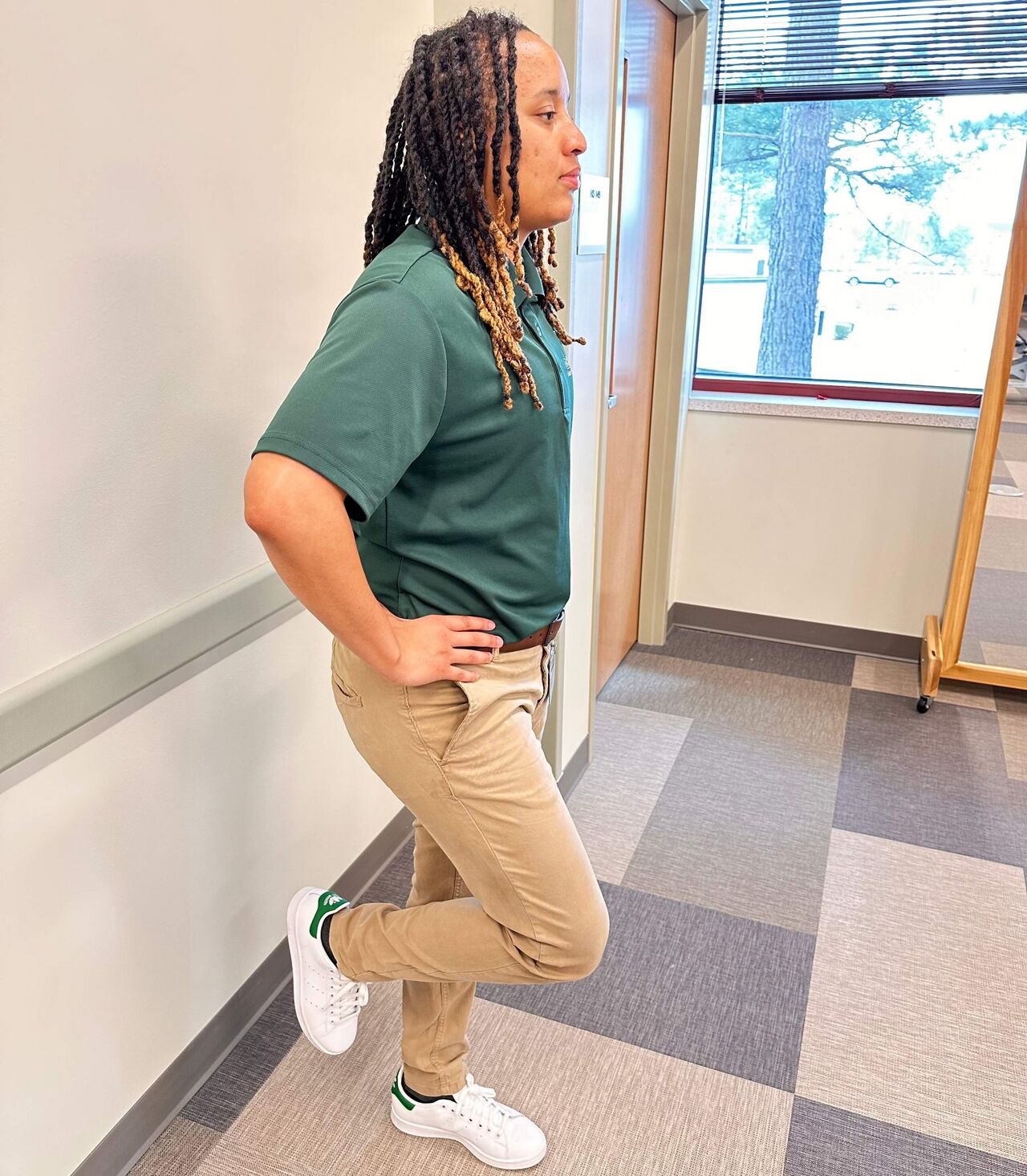
Follow These Steps:
- Stand on one leg
- You can soften your knee slightly if you wish. Be careful not to fall over
- Hold this position
Things To Note:
- Do you have uneven hips?
- What is your knee position? Are they facing inwards or outwards?
- Ankle Stability: Does it rotate in or out?
Test #2: Single Leg Sit To Stand
Follow These Steps:
- Sit on a chair and place one foot on the floor in front of you
- Try to stand up using just the strength in that leg. No hands!
Things To Note:
- Glute Weakness: Inability to stand up or hip rotating side to side or up and down (instability).
- Knee Position: Take note of which direction the kneecap wants to travel in. Are the hip abductors (that pull the leg out) or adductors (that pull the leg inwards) weak? Do the quads shake a lot to indicate weakness?
- Ankle Position: Is it stable? Are you balanced?
Test #3: Squat Hold
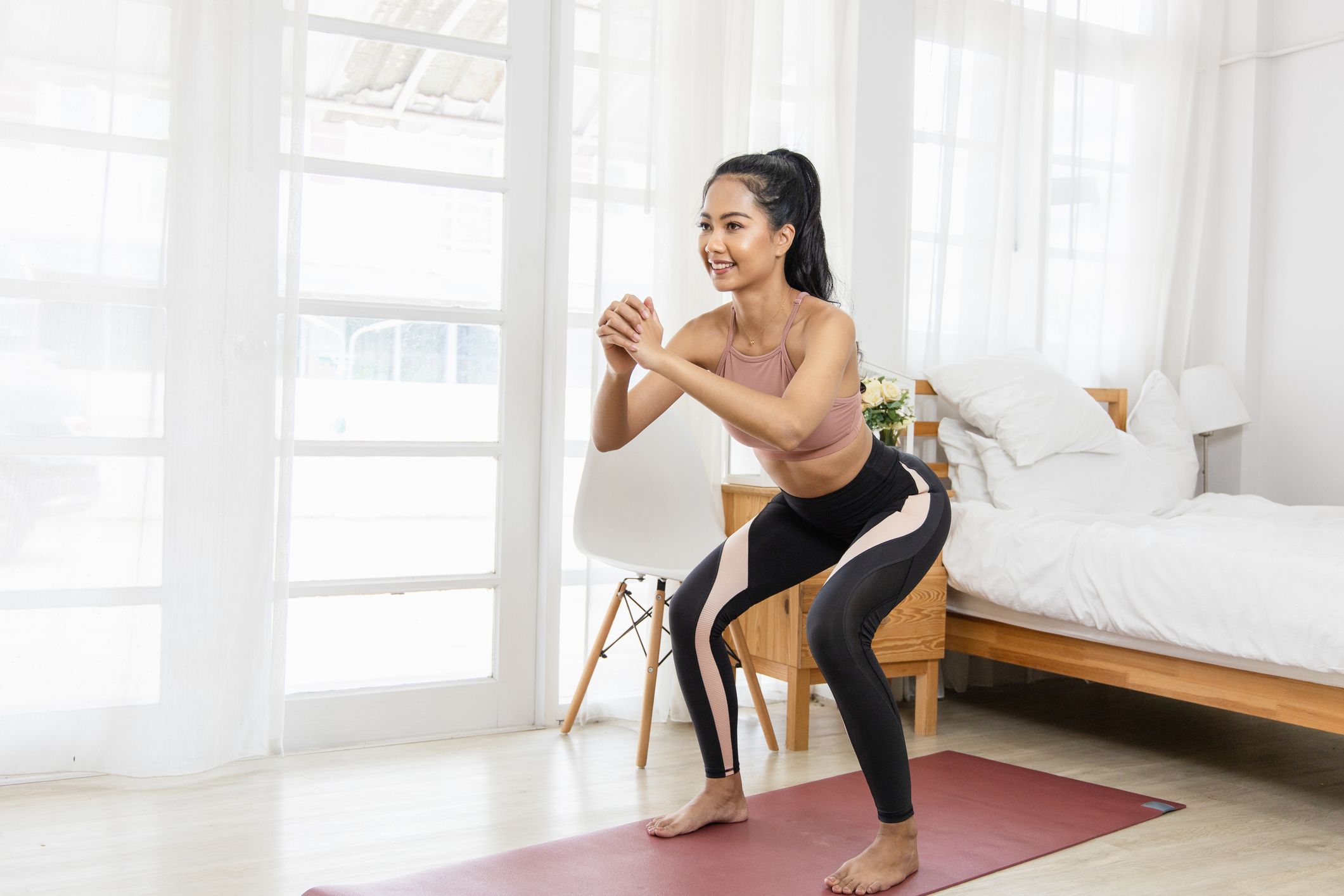
Follow These Steps:
- Stand with your feet hip width apart
- Keep your back straight and bend your knees
- Ensure that knees are in line with your toes
- Lower yourself and hold for 30 secs. You should be able to feel a stretch in your quads and hamstrings
Things To Note:
- Is there an even weight distribution between each leg and hip? Do we favour one side of the body? Indicating weakness through the other side or overuse of the dominant side?
- Do the muscles fatigue? We are looking for shaking of the quads, glutes and hamstrings.
- Do we use are glutes properly or do we overuse our back by extending our lower back too much?
Test #4: Bridge Hold
Follow These Steps:
- Lie on your back with your knees bending and bring your feet hip width apart.
- Lift your pelvis up off the bed so that it is in line with your thighs. Make sure there is no dipping of the hip bones and that your back stays on the surface
- Squeeze your glutes and hold
A runner should be able to complete a double leg bridge hold for 8-10 seconds with little fatigue. Our glutes need to be strong to maintain our running gait. We need strong glutes to sustain strength with excessive single leg stands.
Things To Note:
- If your hands cup around your pelvis whilst doing this exercise, the hip bones should be equal height, otherwise there is weakness through one side. For example, when the right hip drops when completing a single leg bridge on the left leg, the left glute is not strong enough to hold your bodyweight to push the right hip up on level with the left.
- Think about this whilst running: this creates instability and means your muscles will struggle to take your bodyweight.
- Is there fatigue?
- Do the glutes shake, indicating weakness?
Prevention With Prehab
It’s important to keep our body strong so it can maintain the demands we put through it when running. It is also important to remember that when your body gives you a sign that it is weak or injured, listen to it. Completing the above tests can help you to identify the problem.
Once identified, don’t be afraid to seek help from your physio! As we have covered, without rehabilitation input to strengthen an area or previous injury, this may only cause additional problems further down the line. In order to make it to the finish line, make sure your body is strong enough to complete the race!
Book a consultation with us here to make an appointment.
Written By: Kate McCormack – B.Sc. (Hons) Physiotherapy (UK)
Kate is an experienced Physiotherapist specialising in musculoskeletal physiotherapy with a special interest in women’s health. She is skilled in treating post-natal injuries, including post-labour tears and haematomas, episiotomies, pain, and tight pelvic floor muscles. She is also trained in assessing and treating incontinence resulting from stress on the pelvic floor, overactive bladder and prolapse, for women of all ages.



